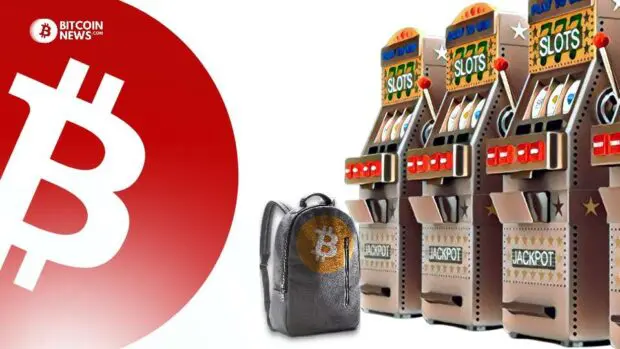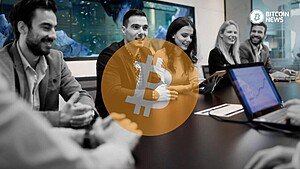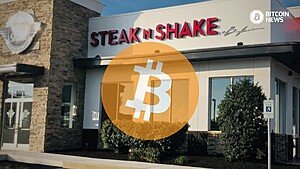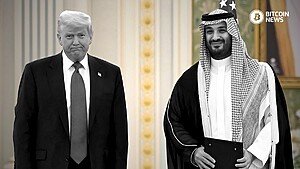It was the fall of 2008. The iPhone was new, Flo Rida was a musical icon, and everyone under 25 was on Facebook. I was attending Tufts University as a sophomore studying International Relations. Being a lover of history and politics, my plan was to get my degree and find a job with the U.S. state department.
However, with the collapse of Lehman Brothers in September, an astute observer could feel the rug beneath the post-9/11, housing-mania fueled American economy be pulled away. As an American born at the tail end of the Soviet Union’s existence, I had been led to believe that America’s GDP only moved up and to the right. Little did I know that the Great Financial Crisis had officially begun and that during the next six months the S&P500 would fall over 50%.
The conformist path I had laid out for myself came to a screeching halt shortly thereafter. I turned on the TV and saw senators claiming that Treasury Secretary Hank Paulson had threatened them with martial law if the $700 billion TARP act was not immediately passed. Even as someone who thought they wanted to work for the government, I knew deep down what I was hearing that day stunk to high heaven. They were telling us that troops would be on the streets and that our rights would be stripped unless our elected officials agreed to hand over what at that time was an unfathomable amount of taxpayer money to bail out the same people who got us into this mess.
From that moment forward, something fundamentally changed in me. Never again would I trust a politician for what they said at face value and there was no way I could ever work for one of them.
In an attempt to try and figure out what was really going on, I went down the autodidactic rabbit hole, exposing myself to as much heterodox information as possible. Endless hours of searching for an alternative to the current state of monetary madness eventually led me to Ron Paul and the Austrian school of economics. Not only were the politicians robbing the populace to help out the bankers, but I was convinced that the unprecedented money printing they engaged in would soon result in hyperinflation. Following the advice of the Austrians, my personal solution was to try and convert as much fiat as possible into hard assets, primarily gold and silver — as these commodities could not be conjured out of thin air.
Over the following years, through seemingly endless rounds of quantitative easing, Ben Bernanke and his brazen cast of central bankers were able to cause a V-shaped recovery in stock and house prices. And even though my predictions of an imminent collapse in purchasing power did not materialize, I grew increasingly certain that the dollar’s ultimate demise was the only logical conclusion to these experiments in monetary prolificacy.
Around 2013 I first heard about bitcoin but dismissed it as a way for people to buy drugs online, and I thought the government could simply ban it. By 2016, I saw bitcoin was still alive and I started to recognize some of its properties that make it unique. It was at that time I decided to follow Satoshi’s advice and purchase some “just in case it caught on.” I went down the South Street Seaport in New York City and purchased 2.2 bitcoin for $1,000 from a Bitcoin ATM.
Not knowing a thing about proper key management, for the next two years my private key remained on the little printout the ATM provided me. In late 2017 I found myself living in California and traveling to Las Vegas for the weekend with the private key printout still in my backpack. The Las Vegas airport is littered with slot machines meant to sucker tourists like myself waiting for their flight. I put my bag down on the ground and threw a few dollars into the one-armed bandit. Unsurprisingly, my money was lost to the slot machine within a matter of seconds, but to my shock, so was my backpack containing my bitcoin private key. Someone had stolen the hardest asset in the world from me while I was chasing a quick dopamine rush of winning a few fiat dollars.
After beating myself up for months watching bitcoin’s parabolic runup at the end of 2017, I was too stubborn to buy back in. I allowed myself to dismiss bitcoin until 2020 reared its ugly head and the same feelings I experienced in 2008 enveloped me. The Fed printing trillions of dollars to “save” a shutdown economy gave me the same sinking feeling I had 12 years prior. I had gone down the precious metals path a decade ago and had painfully learned that this market was already hopelessly manipulated. I was in desperate need of a hard asset that couldn’t be debased or seized. It was in this moment of great need that I was able to swallow my pride and turn back to bitcoin. Starting in the spring of 2020, I consumed as much information as I could about Satoshi’s groundbreaking discovery and realized it truly was the answer to breaking the relationship between money and state.
From that moment on, I have been completely orange-pilled and am so grateful to have been shown the light. Because as fellow Maximalists know, once you discover bitcoin for what it truly is, your life is forever changed. Three years into my study of bitcoin, it is my driving purpose to help spread awareness and education of bitcoin in hopes that eventually we may get off the hamster wheel of endless money printing, and instead live in a bright future of a world denominated in the hardest asset known to man.










